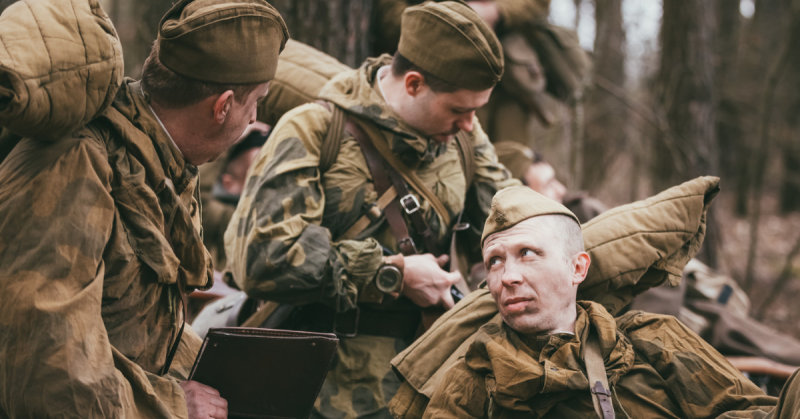During World War II there were dozens of military formations consisting of foreign nationals fighting alongside the Red Army to turn back the Nazi invasion. Romanians, Polish, Yugoslavians, French, Czechoslovakians, and Hungarians all fought to protect Russia. By 1945, there were a half million soldiers in these formations.
While the units were formally under the command of their countries’ governments, they were integrated into the Red Army and were led by Soviet commanders.
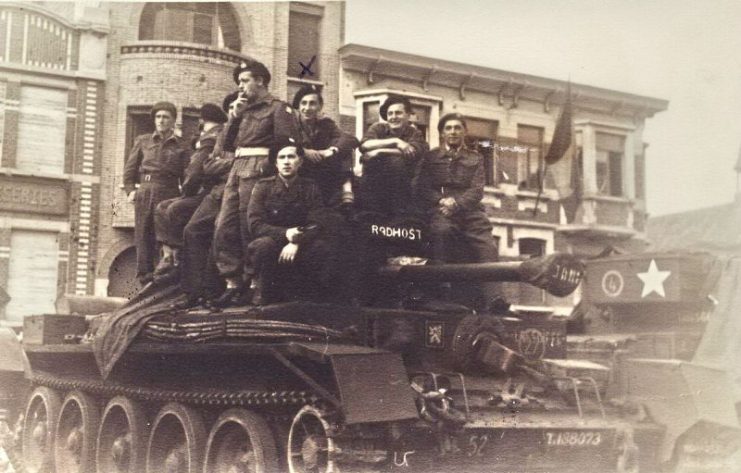
When Czechoslovakia was taken over by the Nazis in 1939, many of the citizens of that country emigrated to the Soviet Union. In 1941, the Czechoslovakian government-in-exile signed an agreement with the Soviet government to create a unit of Czechs, Slovaks, and Rusyns that had emigrated to the Soviet Union.
https://youtu.be/jRa5NULML2A
This led to the creation of the 1st Czechoslovak Independent Battalion, followed by the formation of the 1st Czechoslovak Army Corps in 1944. The battalion became the first foreign unit in the Red Army to fight against the Nazi army on March 8, 1943, when they joined the battle in Sokolovo, Ukraine.
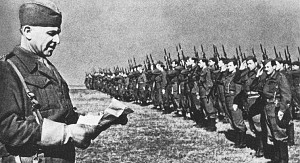
Ludvik Svoboda, the Commander of the Corps and future President of Czechoslovakia from 1968 to 1975, said that the arrangement led to countless applications from people wanting to fight against the Nazis. It offered them a chance to reclaim their pride after the 1938 Munich Agreement, where the Western powers essentially sold out the Czechs to the Nazis.
There were more than 30,000 people who served in the 1st Czechoslovak Army Corps, the 1st Separate Czechoslovak air division, and in auxiliary and rear services. They fought in the liberation of Czechoslovakia, provided support for the Slovak National Uprising and were in the first groups to enter Prague in May of 1945.
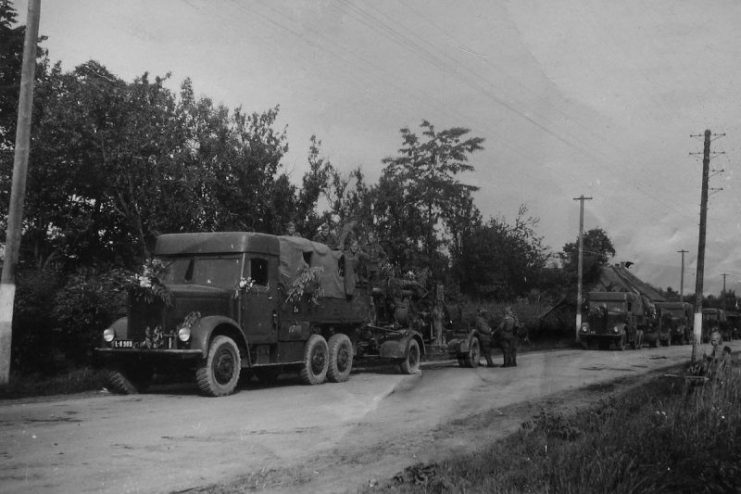
Many captured Czechs were shot by the Nazis without trial. Since they were formally citizens of the Protectorate of Bohemia and Moravia, the Nazis considered them traitors.
The People’s Polish Army began with the 1st Tadeusz Kosciuszko Infantry Division on May 6, 1943. It consisted of Poles that were in the USSR for various reasons as well as Soviet citizens of Polish descent.
General Stanislav Poplavsky was the Commander of the First Polish Army. He wrote in his memoirs that the Soviet Army provided them with all the weapons and ammunition they needed but they lacked officers.
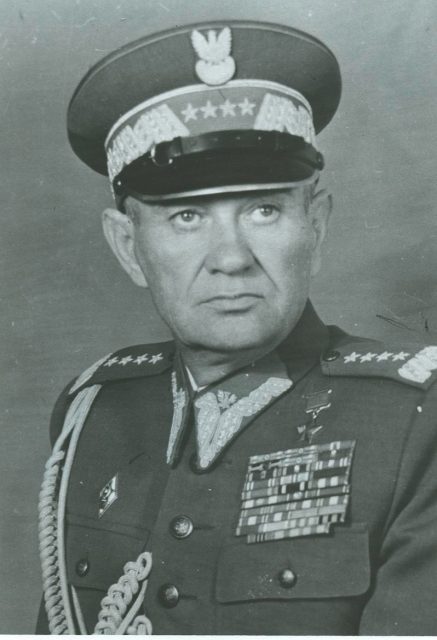
The decision was therefore made to transfer officers of Polish descent to the First Polish Army. Poplavsky himself left his position with the Soviet 45th Rifle Corps in order to serve in the First Polish Army.
In 1945, the People’s Polish Army (also known as Berling’s Army after their commander, Zygmunt Berling), had two armies which included 15 infantry divisions, tank corps, four aviation divisions, and artillery, engineer and cavalry units. There were 330,000 serving in the army – the largest formation to fight against the Nazis on the Soviet front.
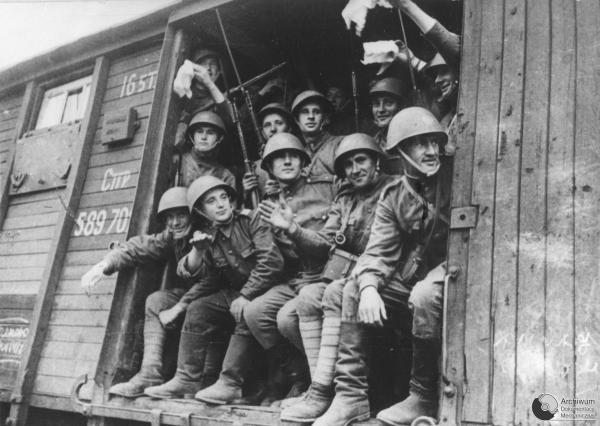
There were more than 185,000 Polish soldiers who fought in the Battle of Berlin. The Kosciuszko Division battled their way into the center of the capital city.
The Normandie air squadron was designated as a regiment of the Soviet Army in July of 1943. Established from an agreement between Stalin and Charles de Gaulle, it gave French pilots the opportunity to face Germans in Soviet airspace while flying Soviet planes.
Any volunteer pilot was accepted in the squadron no matter their political views. The regiment received praise for their work in the liberation of Lithuania and the crossing of the River Nieman. After that, the regiment was known as the Normandie-Niemen Fighter Regiment.
French pilots not only fought in the air but also on the ground. Given machineguns and hand grenades, they fought beside Soviet soldiers in ambushing German infantry units that were hiding in the forests in Belorussia and Lithuania.
The Normandie-Niemen regiment won 273 air battles and only lost 46 pilots.
